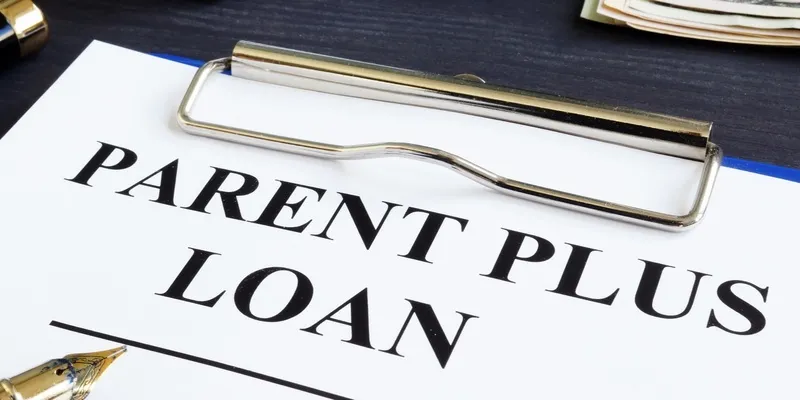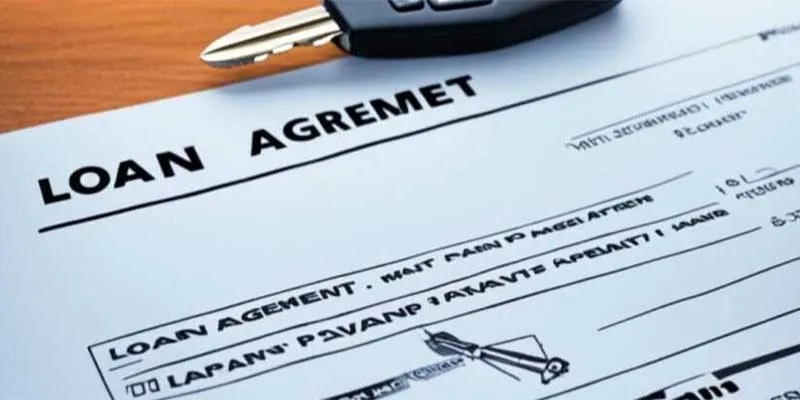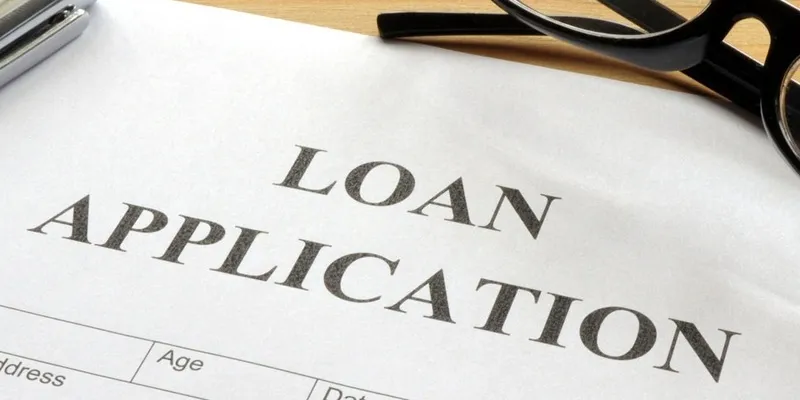How to Lower Student Loan Payments
The journey through the terrain of student loans can be challenging, especially when it comes to managing repayments. Many borrowers face difficulties meeting their monthly installments due to various factors like changes in income, job loss, or a large debt load. This article explores several strategies that can effectively reduce student loan installments. Understanding these options can provide relief and empower borrowers to make informed financial decisions.
Exploring Income-Driven Repayment Plans

Reducing monthly student loan payments is achievable through income-driven repayment (IDR) plans. These plans adjust your payments based on your income and family size, ensuring that you only pay what you can afford. Various IDR plans are available, including Revised Pay As You Earn (REPAYE), Pay As You Earn (PAYE), and Income-Based Repayment (IBR). Each plan has unique qualifications and conditions, typically capping payments at a percentage of your discretionary income, with the possibility of loan forgiveness after a specified period. This approach can significantly alleviate financial stress for those with lower incomes or changing financial situations.
- Consideration: Ensure that you provide all necessary documentation to accurately report your income.
- Tip: Reassess your eligibility annually, as changes in income or family size can affect your payments.
Utilizing Student Loan Forgiveness Programs
Individuals working in public service or specific professions may benefit significantly from student loan forgiveness programs. The Public Service Loan Forgiveness (PSLF) program is ideal for those employed by government or non- profit organizations. To qualify, borrowers must make 120 qualifying monthly payments under a qualifying repayment plan while working for an eligible employer. Other forgiveness options, such as Teacher Loan Forgiveness or Federal Perkins Loan Cancellation, may apply to specific professions. Understanding these programs’ criteria and benefits can help individuals reduce their overall student loan debt, ultimately leading to financial freedom.
- Requirement: Verify that your employer qualifies under the PSLF program to maintain your eligibility.
- Note: Keep detailed records of your payments and employment to streamline the forgiveness process.
Refinancing Student Loans
Refinancing student loans is another strategy to lower monthly payments. By obtaining a new loan to pay off existing student loans, borrowers can take advantage of lower interest rates or extended repayment terms. This results in reduced monthly payments and overall savings. However, remember that refinancing federal student loans into private ones can eliminate benefits like IDR plans and loan forgiveness options. Therefore, borrowers should carefully weigh the pros and cons of refinancing based on their financial situation and future goals before proceeding.
- Research: Compare multiple lenders to find refinancing options that best suit your financial needs.
- Caution: Ensure the new interest rate is lower than your current rates to benefit from refinancing.
Applying for Temporary Relief Options
When facing financial hardships, borrowers may need temporary solutions to lower their student loan payments. Federal student loan servicers offer options such as deferment or forbearance, allowing borrowers to temporarily pause payments without penalties. During deferment, certain loan types may not accrue interest, whereas, in forbearance, loans typically continue to accrue interest. While these options provide immediate relief, they are not long-term solutions and should be used judiciously. Borrowers should assess their financial situations and consider these options only when necessary to prevent increasing their debt in the future.
- Warning: Excessive use of deferment or forbearance can lead to a larger loan balance due to accruing interest.
- Advice: Regularly contact your loan servicer to explore any changes in your eligibility for relief options.
Budgeting and Financial Planning

Effective budgeting and financial planning are crucial in managing student loan payments. By creating a comprehensive budget that accounts for all income and expenses, borrowers can identify areas to cut costs and allocate more funds toward student loans. This strategy not only helps manage monthly payments but also promotes overall financial health. Furthermore, borrowers should regularly review their financial goals and adjust their budgets accordingly to stay on track. Utilizing financial planning tools or consulting with a financial advisor can also provide valuable insights into managing student loans and achieving long-term financial stability.
- Reminder: Regularly track your expenses to ensure you stay within your budget and meet loan payment obligations.
- Strategy: Consider using budgeting apps to streamline your financial planning process and make adjustments as needed.
Understanding Loan Terms and Conditions
Finally, it is vital for borrowers to fully understand the terms and conditions of their student loans. This includes knowing the interest rates, repayment terms, and any potential fees. Being informed about these details enables borrowers to make wise decisions regarding payments or refinancing opportunities. Additionally, maintaining communication with loan servicers can provide information about various repayment options and assistance programs. By staying proactive and informed about their loans, borrowers can take significant steps toward reducing their student loan payments and achieving financial freedom.
- Fact: Review your loan agreement documents to familiarize yourself with specific terms and conditions that may impact your repayment.
- Tip: Set reminders for key dates, such as payment due dates or interest rate adjustments, to avoid missed payments and penalties.
Conclusion
In conclusion, effectively managing student loan payments requires a multifaceted approach. Exploring income-driven repayment plans, utilizing loan forgiveness options, considering refinancing, and seeking temporary relief are all viable strategies. Budgeting wisely and understanding loan terms can help borrowers significantly lower their monthly payments as they work toward financial independence. Each option offers unique benefits; understanding how these fit into one’s financial plan is essential for successful debt management.











